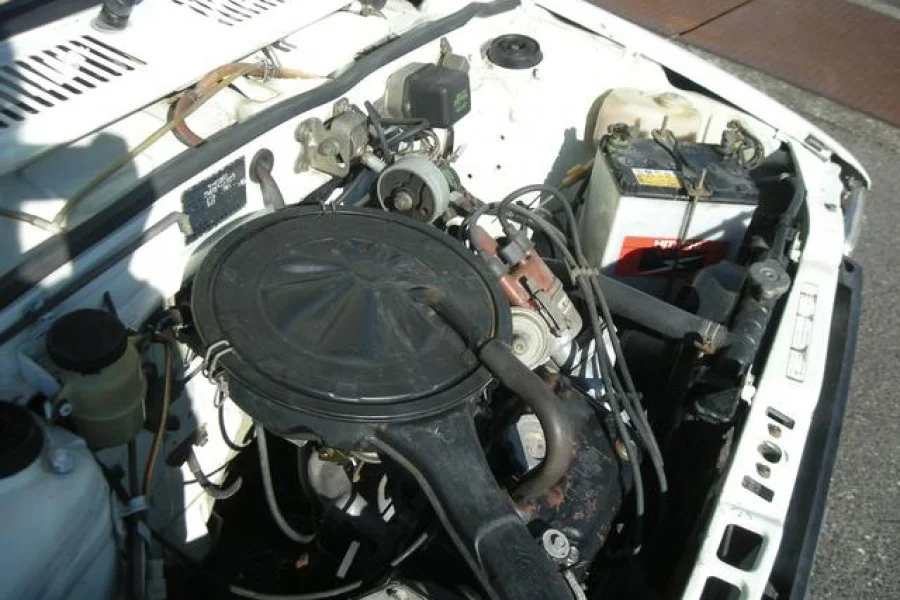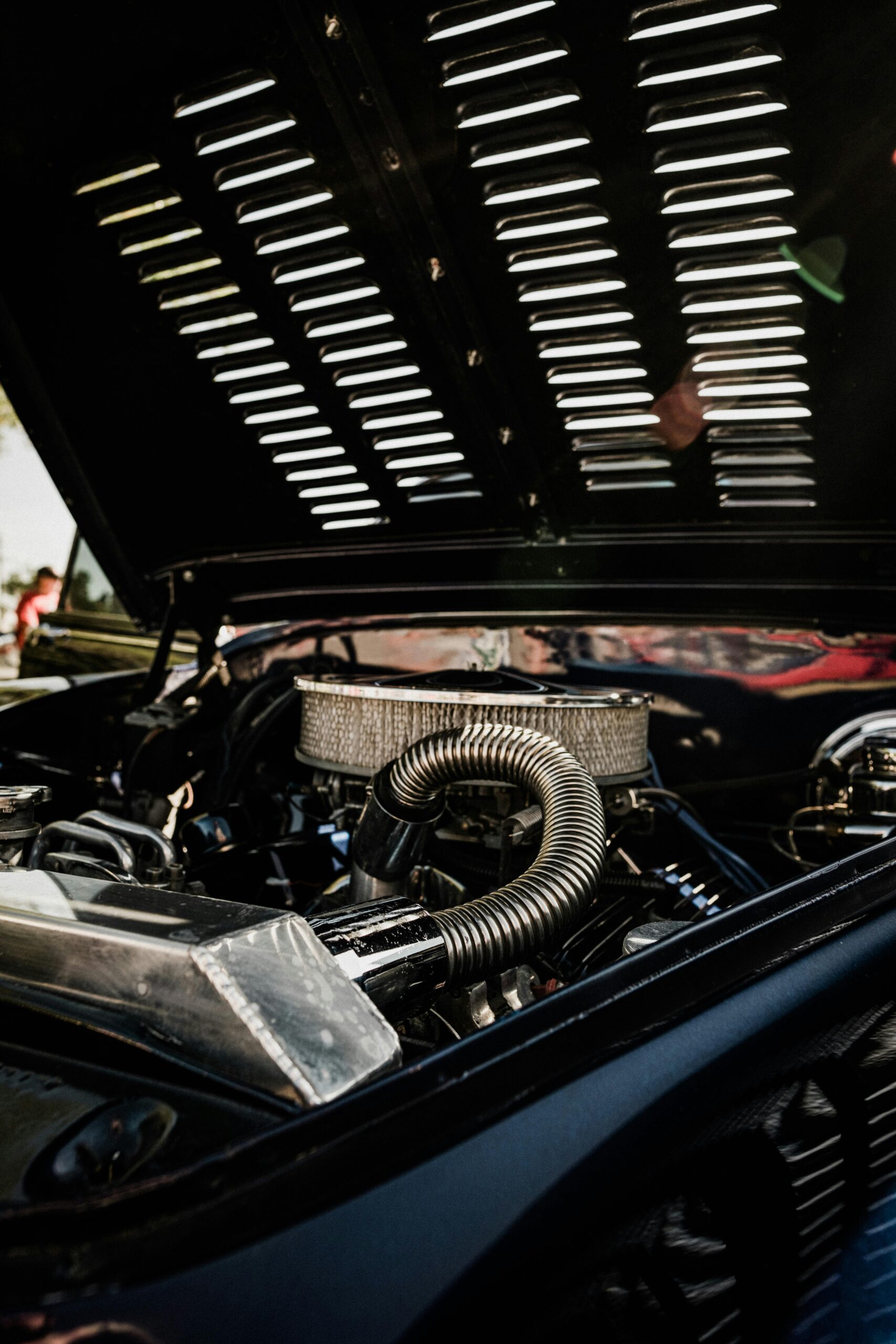The Honda Acty Timing Belt Explained
If you’re a proud owner of a Honda Acty, you’re likely well-aware of the intricacies of its engine. Among the many components that keep your Acty running smoothly, the timing belt stands out as a crucial piece of the puzzle. This small but mighty component plays a pivotal role in the engine’s operation, ensuring precise timing between the rotation of the crankshaft and camshaft. Let’s dive into the world of the Honda Acty timing belt and unravel its importance in detail.
The Functionality of the Honda Acty Timing Belt
The timing belt in your Honda Acty serves as the synchronizing link between the crankshaft and camshaft, ensuring that the valves open and close at the appropriate times during the engine’s four-stroke cycle. As the crankshaft rotates, it drives the timing belt, which in turn rotates the camshaft. This synchronized movement is vital for the engine to operate efficiently and prevent any internal components from colliding.
Importance of Regular Maintenance
Regular maintenance of the timing belt is paramount to the longevity and performance of your Honda Acty. Over time, the timing belt can wear out, leading to potential breakage or slippage. A broken timing belt can cause catastrophic damage to the engine, including bent valves and damaged pistons. By adhering to the manufacturer’s recommended maintenance schedule and replacing the timing belt at specified intervals, you can avoid costly repairs and keep your Acty running smoothly for years to come.
Ensuring Optimal Engine Performance
A properly functioning timing belt is essential for maintaining optimal engine performance. If the Honda Acty timing belt becomes worn or stretched, it can throw off the engine’s timing, resulting in decreased power, poor fuel efficiency, and rough idling. By replacing the timing belt as part of your routine maintenance, you can ensure that your Honda Acty continues to deliver the performance and efficiency you expect.
Preventing Costly Repairs
One of the most significant advantages of replacing the timing belt on schedule is preventing potentially costly repairs. As mentioned earlier, a broken timing belt can cause extensive damage to the engine, resulting in expensive repairs or even engine replacement. By investing in regular maintenance and replacing the timing belt proactively, you can avoid these costly repairs and keep your Honda Acty on the road for years to come.
Maintaining Reliability and Safety
Beyond performance and cost considerations, a properly functioning timing belt is crucial for maintaining the reliability and safety of your Honda Acty. A broken timing belt can leave you stranded on the side of the road, leading to inconvenience and potential safety hazards. By staying ahead of maintenance and replacing the timing belt before it fails, you can ensure that your Acty remains reliable and safe for you and your passengers.
Getting The Best From Honda Acty Timing Belt
Here are crucial things to keep in mind if you want to get the best out of your Honda Acty timing belt.

Adhering to Manufacturer’s Maintenance Schedule:
Following the manufacturer’s recommended maintenance schedule is essential for getting the best out of your Honda Acty timing belt. Manufacturers typically provide guidelines for when the timing belt should be inspected and replaced based on mileage or time intervals. By adhering to these recommendations, you can ensure that the timing belt is replaced before it becomes worn or stretched, minimizing the risk of failure and costly repairs.
Using High-Quality Replacement Parts:
When it comes time to replace the timing belt in your Honda Acty, opting for high-quality replacement parts is crucial. While aftermarket timing belts may be cheaper, they often lack the same level of quality and durability as OEM (Original Equipment Manufacturer) parts. OEM timing belts are specifically designed to meet the exact specifications of your vehicle, ensuring a proper fit and reliable performance. Investing in OEM replacement parts can help prolong the lifespan of your timing belt and prevent premature failure.
Checking Tension and Alignment:
Proper tension and alignment are critical for the optimal performance of the timing belt in your Honda Acty. A timing belt that is too loose or too tight can lead to premature wear and increased stress on the engine components. Similarly, misalignment can cause the timing belt to wear unevenly and potentially jump teeth on the sprockets, resulting in engine damage. Regularly checking and adjusting the tension and alignment of the timing belt during maintenance intervals can help ensure smooth operation and prevent costly repairs down the line.
Inspecting Other Components:
In addition to theHonda Acty timing belt itself, it’s essential to inspect other related components during timing belt replacement or maintenance. This includes components such as the timing belt tensioner, idler pulleys, and water pump. These components play a crucial role in the operation of the timing belt system and can affect its overall performance and lifespan. Inspecting and replacing worn or damaged components as needed can help maintain the integrity of the timing belt system and prevent unexpected failures.
Monitoring Environmental Factors:
Environmental factors such as extreme temperatures, humidity, and exposure to chemicals can affect the lifespan of the timing belt in your Honda Acty. High temperatures can accelerate the degradation of the timing belt material, while humidity and chemical exposure can cause it to deteriorate prematurely. It’s essential to monitor these environmental factors and take appropriate precautions to protect the timing belt. This may include storing the vehicle in a climate-controlled environment, avoiding exposure to harsh chemicals, and replacing the timing belt more frequently in severe conditions.
Conclusion
In conclusion, the Honda Acty timing belt plays a vital role in the operation of your mini truck, synchronizing the movement of the crankshaft and camshaft to ensure proper engine timing. By prioritizing regular maintenance and replacing the timing belt at recommended intervals, you can enjoy optimal performance, prevent costly repairs, and maintain the reliability and safety of your vehicle. So, don’t overlook the importance of the timing belt – it’s a small component that makes a big difference in the longevity and performance of your Honda Acty.


